My struggle with painting
The concept of painting is one that has always eluded me, I’ve tried to make it work without much success over the years. Ask me to paint something and my mind goes blank. I don’t draw things! I’m interested in what is in it, around it, the invisible, its energy. I’d love to be able sit down in front of an amazing view and create it on the paper in front of me.
Much of my practice has been about not needing to paint in a traditional sense, that said, I am not sure what traditional painting in the contemporary art world is, it can be anything. There is something about encountering a painter, and awkwardly attempting to say in a few words what one’s work is about. Painter just slips off the tongue and it seems to me, to not invite the same questions, painting is clear, it has a provenance that is easy to grasp. Being an ‘abstract artist’ however, is more opaque, it needs more to clarify what it means.
As my experiences have formed to give me a sense of my own obsessions, I made the decision to focus on alchemy, to paint with anything but a brush. It is part of who I am and how I define myself. So I use ink, latex and chemicals which coalesce in a petri dish; ink filled ice to create transient objects; or produce works on paper with my fingers eking out movement.
I feel that this has served me well. I’m always learning about the materials, considering the interactions, looking for the next step change that will influence everything that follows. This is my reason to keep working, to find the reactions, to see something ethereal and lose myself in something beyond, all the while hoping that those viewing my work will feel some of the emotion and enthusiasm I do.
A visit to Tate Modern in 2016 to see the Georgia O’Keeffe has changed my struggle with painting somewhat. I have always been fascinated by her work, often not by the whole painting but by the part of it that captures ether, a sense of something and nothing. A great example for me is From the Lake 1, an abstract view of Lake George, which captures the elements and energy of being near the water. It is something and nothing all at once.
This stimulated me to look beyond the physical, and to think about what it is that excited me, the forms that motivated me. Did I need to obsess over the definite or to see beyond? A line in a book about O’Keeffe challenged these questions:
“In addition, surface details, like shrubbery, might be omitted from the image to reveal the underlying structure of the landscape, and colour was freely interpreted as she experimented with the abstract possibilities of nature.”1
A trip to Kintyre soon after became a starting point for something new. I, along with my partner and our two dogs, have stayed several times in Cul Na Shee, a secluded cottage on the Saddell Estate, right on the beach. It was the view from my favourite comfy chair that became the focus of my attention and I set out to abstract the tidal waters over the rocks. I tried to consider what it was that I was looking at.
Images: Left: viewfinder showing a portion of the view. Middle: An initial drawing of the mid point of the tides. Right: First layer of paint on canvas
The resulting drawing is the final iteration in a series whereby I considered the forms and attempted to reduce them to a few sparing shapes that captured the essence of the view. It has been up on the wall in my studio for the intervening months, taunting me to think about how I move it on. There is something beguiling about not needing to reproduce or imitate but to be comfortable in the abstract idea of painting, taking cues from Bridget Riley, Gerhard Richter and Josef Albers, people who’ve inspired me on my journey for their simultaneous simplicity and depth.
Today I decided it was time to make use of the canvasses stored in my studio and I’ve taken the first steps to recreating my drawing in paint. This exercise is challenging me to reconsider my relationship with the ‘brush’. The thing that has hit me the most is that I’m now approaching the act of painting in a more alchemic sense, considering the colours used, the marks made in a more organic way. I see the fields as vessels within which to mix and experiment, again the idea of an edge becomes important, affording me a constraint which allows me to be free, something that is core to my practice
The cover image shows a digital representation the three stages that I’m trying to communicate, the tide far out, coming back in and high tide. Considering the work in a methodical way feels like a positive step in me tackling one of my demons. In a strange way I will in fact be painting what is in front of me but in a way that speaks to me directly and surely that is what being an artist is about
References
1. Marshall, RD. Georgia O’Keeffe: Nature and Abstraction. 2007. Irish Museum of Modern Art, Dublin. P.21
From the Lake 1. Georgia O’Keeffe. Image from: https://www.georgiaokeeffe.net/from-the-lake.jsp



